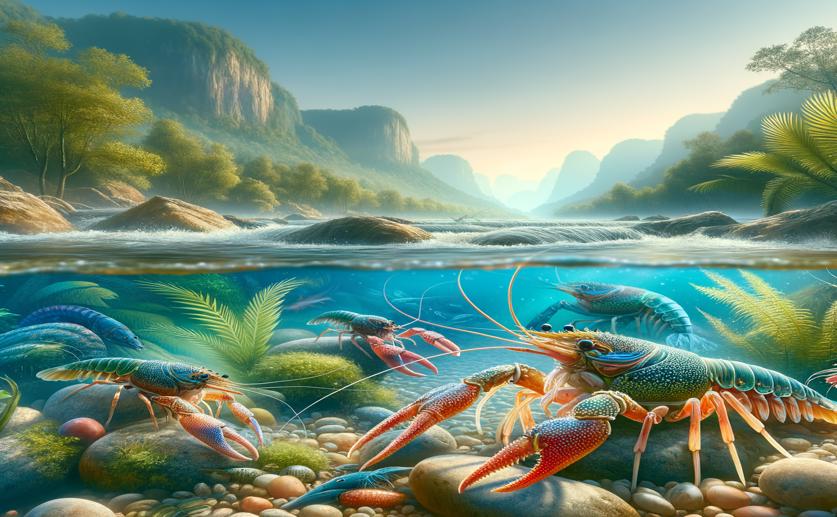
Understanding the Rarity and Habitat Preferences of Freshwater Crustaceans
Jenn Hoskins
1st June, 2024

Image Source: Natural Science News, 2024
Key Findings
- The study in Çanakkale Province, Türkiye, identified 44 ostracod species, with 25 being alive, and recorded Candonocypris caledonica for the first time in Türkiye
- Sediment grain size significantly affects ostracod distribution, with larger grains linked to higher species diversity and smaller grains to higher rarity
- Cosmopolitan ostracod species contribute significantly to local biodiversity and exhibit adaptability to various environmental conditions
EnvironmentEcologyAnimal Science
References
Main Study
1) Assessment of rarity and ecological preferences of the non-marine ostracods (Crustacea) in Çanakkale Province (Türkiye)
Published 31st May, 2024
https://doi.org/10.1007/s00027-024-01088-5
Related Studies
2) The sediment-contact test using the ostracod Heterocypris incongruens: Effect of fine sediments and determination of toxicity thresholds.
3) Rare species contribute disproportionately to the functional structure of species assemblages.



 23rd February, 2024 | Greg Howard
23rd February, 2024 | Greg Howard